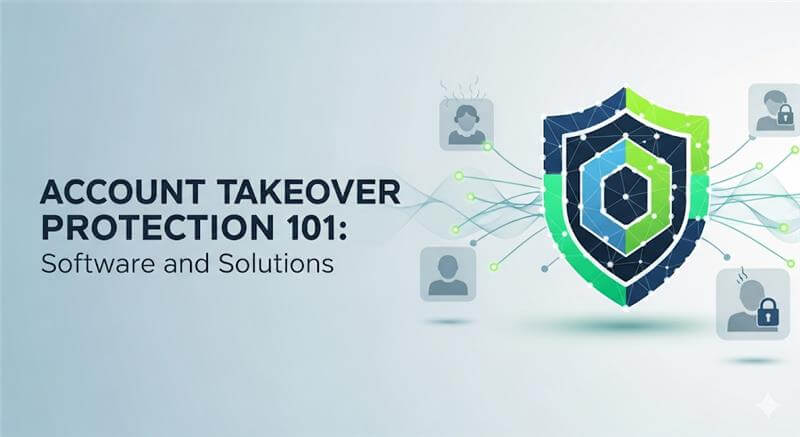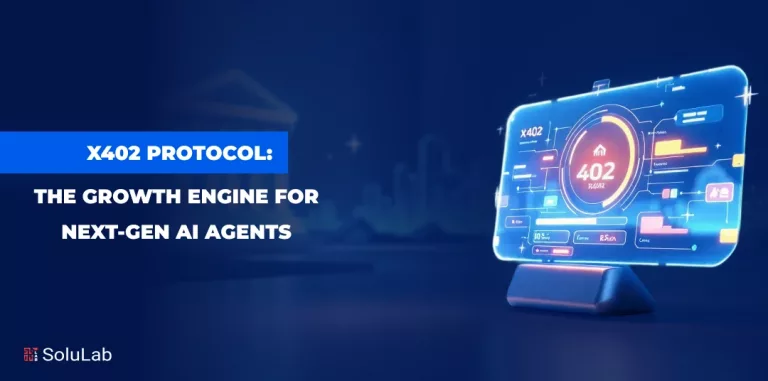
Account takeover is a devastating type of cyberattack where malicious agents get control of a legitimate user’s accounts across a multitude of online platforms and channels. This could include their email and social media accounts, banking, and even business platforms and applications. Rather than simply gaining access to a single account, these attacks are typically sustained, with cybercriminals taking advantage of access to various accounts for a prolonged period, causing a huge amount of damage and stress to the victim.
An account takeover often results in the theft of personal and financial information, with hackers using these details to make a slew of unauthorized purchases. Plus, victims find themselves locked out of their own accounts, as the cybercrooks have changed these credentials. All in all, protecting yourself and your business from an account takeover attack should be extremely high on your list of cybersecurity priorities.
The Importance of Account Takeover Prevention
If you own a business, account takeover should be guarded against at all costs. The impact on your operations, reputation, and bottom line could be significant should the worst happen and an attack be successful. A study by Javelin Strategy and Research and AARP revealed that, in 2023 alone, nearly $13 billion in losses were sustained as a result of this form of cybercrime. And the incidences of account takeover attacks are climbing steeply every year.
And it’s not just a huge financial hit your business will take if it’s targeted for an account takeover attack. Your sensitive data, customer information, and operational systems could all be affected. As well as causing chaos in your ability to run your business, this is likely to have a significantly detrimental effect on your brand’s reputation, resulting in the loss of client trust. You could even find yourself facing a regulatory penalty or fine. Not to mention that it can take months to remedy the damage caused by stolen data. To sum up, it’s absolutely vital that you take steps now to defend your business from account takeover.
How to Compare Account Takeover Prevention Software and Solutions
While there are several options when it comes to account takeover prevention software and solutions, it’s important to be aware that not all of these offer the same level of efficacy and protection. It’s vital to find the solution that – firstly – provides the most robust defense, but also best suits your business. Here are the things to look out for and consider.
Does the software or solution:
1. Use AI and machine learning to continuously learn about and protect against newly emerging threats?
2. Guard against a range of threats, as well as account takeover, such as credit stuffing, brute force, and malicious bot attacks.
3. Deploy real-time threat intelligence and behavioral analytics?
4. Protect against attack without impacting user experience?
5. Provide comprehensive data analytics, reports, and insights?
6. Help ensure regulatory compliance?
7. Have great user reviews and a user-friendly interface?
8. Offer high-quality customer service that is contactable in a variety of ways?
9. Have a proven track record?
Asking these questions and taking all these things into account will help ensure you get the very best anti-account takeover solution for your business’s needs.
Top Account Takeover Protection Software
We’ve rounded up the best-in-class account takeover protection software below, along with a rundown of what each offers.
DataDome
Best for: Comprehensive, AI-fuelled protection from a vast range of cyberthreats.
Leader in its field, DataDome provides robust, AI-powered protection from account takeover and other cyberthreats, which can result in a 99% reduction in the chance of your business being attacked.
Pros
1. Real-time protection that identifies and shuts down threats in milliseconds.
2. Advanced Threat Research actively hunts down new cyberthreats.
3. Choose from four different account tiers to meet your business’s needs.
4. Intuitive, easy-to-use interface makes it easy to get up and running.
Cons
1. Lowest-priced tier doesn’t provide protection for mobile apps and APIs.
SpyCloud
Best for: Addressing corporate, personal, and crossover threat exposure.
This account takeover prevention software takes a holistic approach, offering protection for corporate, personal, and crossover data and platforms. SpyCloud’s powerful, automated solution is designed to be a one-stop shop to guard against account takeover attacks.
Pros
1. Eliminates threats automatically.
2. Looks at the dark web for little-known and newly emerging threats.
3. Focuses on pre-log-in prevention, rather than remediation once an attack has occurred.
Cons
1. Some users suggest the cost is relatively high for the services provided.
2. Potential onboarding challenges have been reported.
Ironscales
Best for: User insight profiling and behavioral pattern mapping to detect threats.
Ironscales’ approach blends proactive monitoring with deep user insights to guard against an arsenal of cyberthreats, including account takeover attacks. If a threat or incident occurs, a detailed report is produced with the details required to take swift action and prevent a similar incident from reoccurring.
Pros
1. Accurate detection and detailed insights.
2. Ability to block access to a threatened account with a single click.
3. Alert banners for suspicious emails.
Cons
1. The interface is a little tricky to navigate.
Okta
Best for: Securing the identity of AI agents
This solution specializes in access, identity governance, and adaptive multifactor authentication. Okta also offers identity threat protection and passwordless log-ins and boasts a wide range of resources, including support services and events.
Pros
1. Compliance tools help ensure businesses stay on the right side of regulators and avoid fines.
2. Great integration capabilities.
3. Free demo available.
Cons
1. Pricing is on the high end of the scale.
2. Customers need to pay for additional features.
Imperva
Best for: Worldwide reach and flexibility.
Impreva provides effective end-to-end security for businesses’ most sensitive data, with a presence in 68 countries around the world. Its innovative platforms and tools are designed to offer future-proof protection while simplifying operations.
Pros
1. Rapid vulnerability detection speed enables fast threat response.
2. Ability to customize security policies to business needs.
3. Advanced security to protect both on-premises and cloud-based data.
Cons
1. The deployment process may be relatively complex.
Radware
Best for: A multi-layered approach to protect against malicious bots.
This solution could be perfect if you’re looking for real-time protection against bad bots across mobile apps, web apps, and APIs. Radware’s advanced behavioral algorithms identify potential malicious actors and work pre-emptively to block potential attacks and secure your business’s data.
Pros
1. Designed not to negatively impact performance and user experience.
2. Provides proactive, high-quality, consistent protection from bad actors.
3. Seamless integration.
Cons
1. Users suggest some limitations to the reporting process.
2. Comparatively high cost.
Netacea
Best for: Agent-less bot management.
Netacea offers specialist threat intelligence and agent-less bot management, allowing businesses to protect their websites, apps, and APIs via a single, self-managing integration that’s totally invisible to attackers. This solution also provides automated server-side updates for ongoing security.
Pros
1. Seamless integration and easy to deploy.
2. Strong, highly responsive customer support.
3. Effective protection from a wide range of bad bots.
Cons
1. Some users have described the CAPTCHA settings as overly aggressive.
2. Some limitations to reporting capabilities.
Why Protecting Your Business From Account Takeover Attacks is a Priority in 2025
Account takeover attacks can devastate a business, and the number of attacks is on the rise. A data breach report published by IBM in 2023 revealed that it takes a business, on average, eleven months to resolve the issues caused by this type of attack. Further, the average cost to a business when an account takeover attack is successful is in the region of $4.62 million. That’s an awful lot of money, not to mention the damage to brand reputation and loss of customer trust.
All of this points to the fact that protecting your business from an account takeover attack is crucial. Happily, there are several high-quality software solutions out there, which we’ve detailed above. Use our guide to determine the best one for your business, and get the peace of mind that comes with knowing your operations are guarded against malicious agents.




